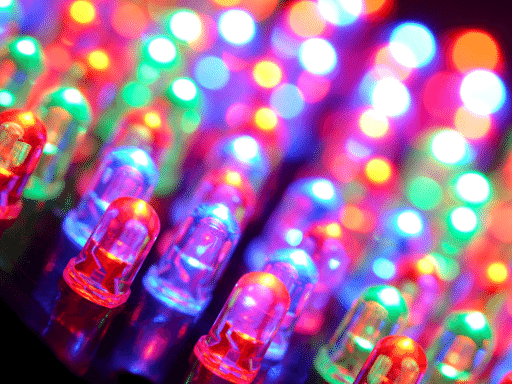
LED Power Supply: How to Power Multiple Circuits
LED lighting is becoming very popular and it’s no secret why – it’s affordable, energy-efficient and lasts longer than traditional lighting. But it’s important to note that like all electrical devices, LEDs require a suitable power supply to function correctly. So, if you’re wondering how to power multiple LED circuits, this article is for you.
Assuming you already have your LED circuits ready, the next step is to check the voltage and current required to power them. In this example, we have two circuits – Circuit #1 with 80 3.3v LEDs consuming 400mA and Circuit #2 with 20 2.0v LEDs consuming 60mA.
Now, the power supply you have is 15v – 600mA. But the question is, will this power supply be enough to power both circuits?
To find out, we need to do some simple calculations. First, calculate the total voltage required for both circuits. Circuit #1 requires 80 x 3.3v = 264v and Circuit #2 requires 20 x 2.0v = 40v.
Thus, the total voltage required for both circuits is 264v + 40v = 304v.
Next, let’s calculate the total current required. Circuit #1 requires 400mA and Circuit #2 requires 60mA.
Thus, the total current required for both circuits is 400mA + 60mA = 460mA.
So, checking back on the power supply specs, we see that it has a voltage output of 15v and a current output of 600mA. Since the total voltage required is 304v and the current required is 460mA, it’s safe to say that the power supply is not suitable to power both circuits.
In this scenario, we have two options. We can either use a higher-rated power supply or divide the circuits and use two separate power supplies.

If you decide to use a higher-rated power supply, make sure it meets the voltage and current requirements of both circuits.
If you choose to divide the circuits and use two separate power supplies, simply connect Circuit #1 to one power supply and Circuit #2 to another power supply. In this way, each circuit will be powered independently.
In conclusion, it’s important to ensure that your LED power supply can satisfy the voltage and current requirements of your circuits. By following the steps outlined in this article, you’ll be able to determine this and make a decision on whether to use a higher-rated power supply or divide the circuits.
We hope this article has been helpful. For more information on LED power supplies and lighting, be sure to check out our other related articles.